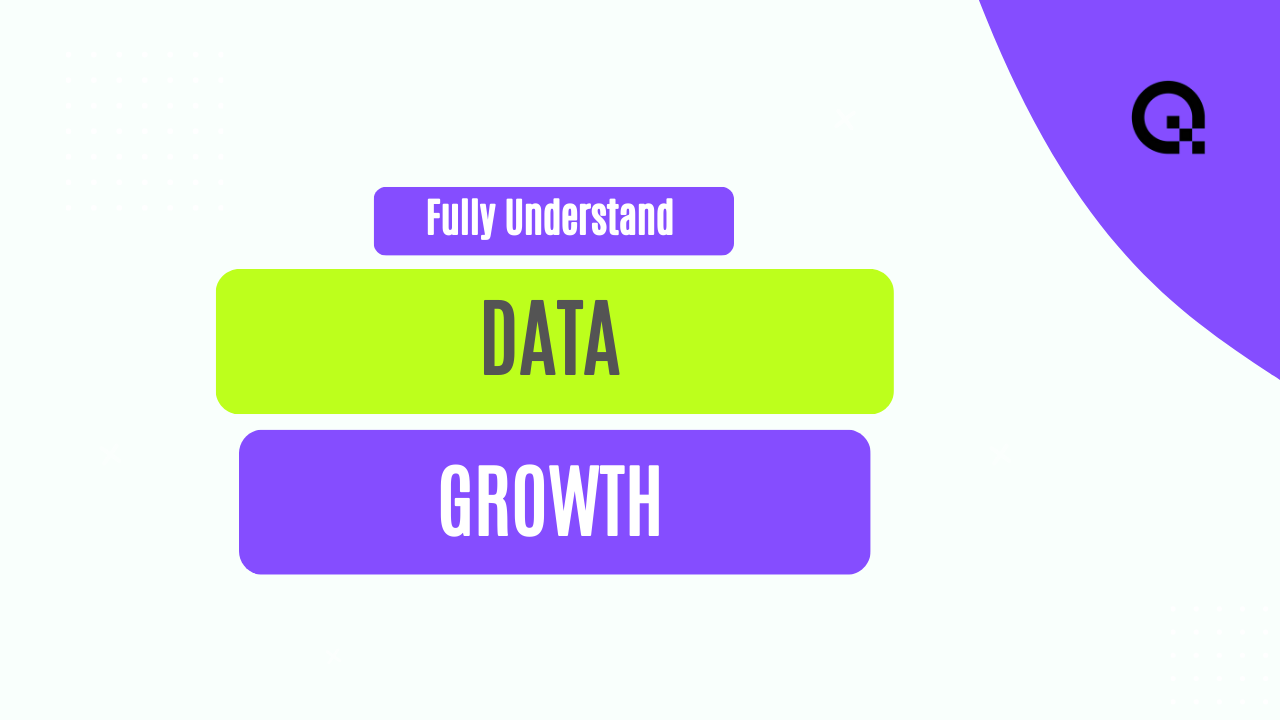Increasing Revenues: The Power of Marketing Intents
Discover how utilizing marketing intents can significantly boost your revenue streams and drive business growth.
Understanding Marketing Intents
Marketing intents refer to the specific goals and objectives that a company sets in order to achieve its marketing objectives. These intents serve as the foundation for developing effective marketing strategies and campaigns.
By understanding marketing intents, businesses can align their marketing efforts with their overall objectives and target audience. This ensures that every marketing initiative is purposeful and contributes to the company's growth.
When businesses have a clear understanding of their marketing intents, they can develop targeted campaigns that resonate with their target audience. This leads to a more effective use of resources and a higher likelihood of achieving desired outcomes.
Implementing Targeted Campaigns
Implementing targeted campaigns is crucial for maximizing the impact of marketing efforts. By focusing on specific segments of the target audience, businesses can tailor their messaging and offers to resonate with those individuals.
Targeted campaigns allow businesses to deliver personalized messages that address the unique needs and preferences of their customers. This increases the likelihood of engagement and conversion, ultimately leading to higher revenues.
Moreover, targeted campaigns enable businesses to optimize their marketing budget by allocating resources to the most promising segments. By identifying the most profitable customer segments, businesses can prioritize their efforts and maximize their return on investment.
Enhancing Customer Engagement
Customer engagement is a key driver of revenue growth. By actively engaging with customers and building strong relationships, businesses can increase customer loyalty and drive repeat purchases.
Marketing intents play a crucial role in enhancing customer engagement. By understanding the needs and preferences of their target audience, businesses can develop marketing strategies that resonate with customers on a deeper level.
Effective customer engagement involves utilizing various channels and touchpoints to interact with customers. This can include social media, email marketing, personalized offers, and exceptional customer service. By consistently engaging with customers and providing value, businesses can build trust and loyalty, leading to increased revenues.
Optimizing Conversion Rates
Conversion rate optimization is essential for maximizing the revenue generated from marketing efforts. By optimizing the conversion process, businesses can increase the percentage of website visitors or leads that take the desired action, such as making a purchase or filling out a form.
Marketing intents help businesses identify the barriers and pain points that may prevent conversions. By addressing these issues and optimizing the user experience, businesses can improve their conversion rates and ultimately drive more revenue.
To optimize conversion rates, businesses can use techniques such as A/B testing, website optimization, and personalized messaging. By continuously analyzing and improving the conversion funnel, businesses can maximize the value they generate from their marketing initiatives.
Measuring Success with Analytics
Measuring the success of marketing efforts is crucial for identifying areas of improvement and optimizing future campaigns. By utilizing analytics, businesses can gain valuable insights into the effectiveness of their marketing initiatives and make data-driven decisions.
Marketing intents provide a framework for measuring success. By setting specific goals and objectives, businesses can track key performance indicators (KPIs) and evaluate the impact of their marketing efforts.
Analytics can provide valuable information on various metrics, such as website traffic, conversion rates, customer engagement, and return on investment. By analyzing these metrics, businesses can identify trends, patterns, and areas for improvement, allowing them to refine their marketing strategies and drive revenue growth.



